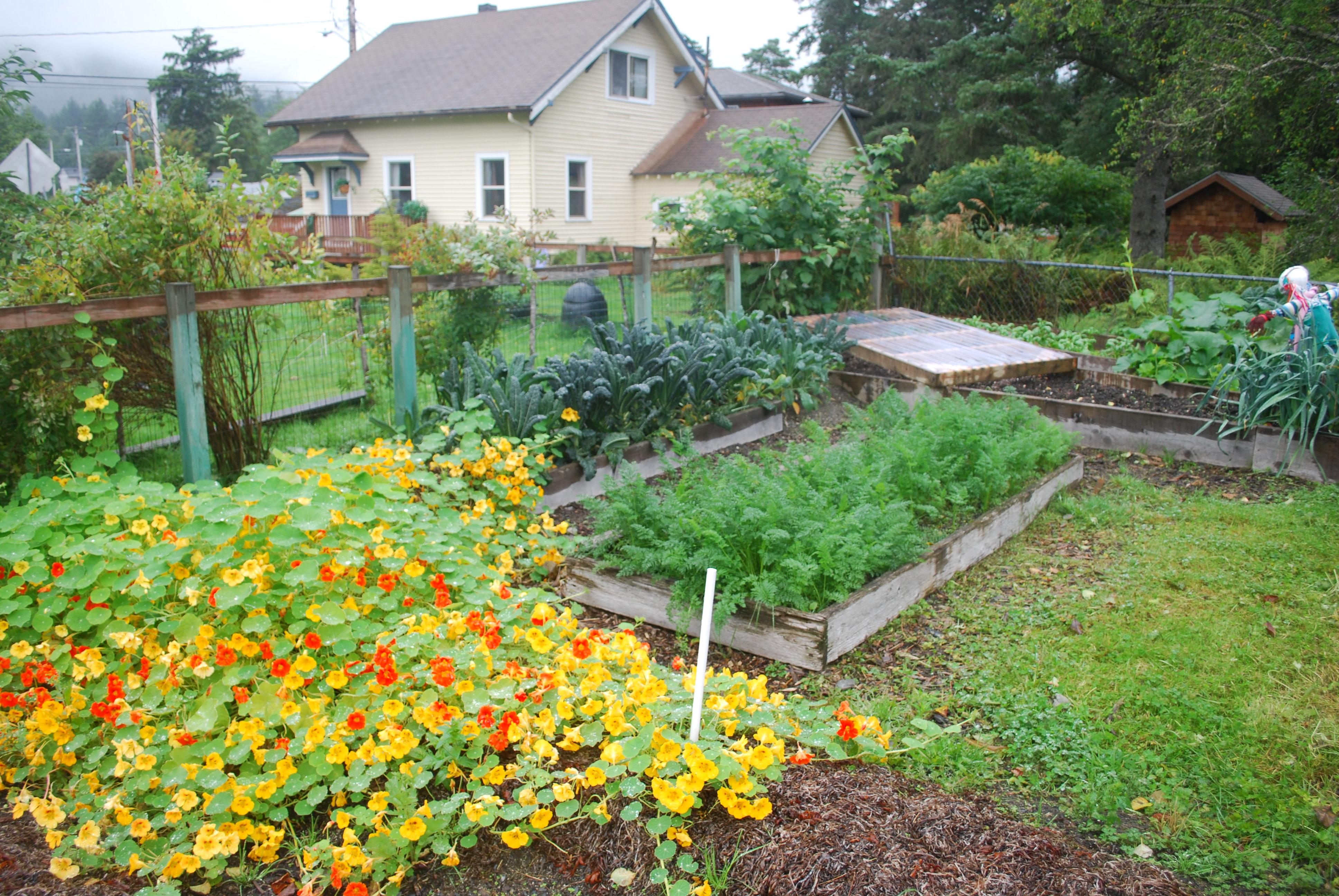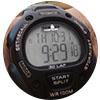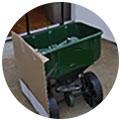Nutrient Management

Common residential sources of nutrients to stormwater are lawn debris (clippings and leaf litter), eroded soil and

mulch, pet waste, and fertilizer. Of these, pet waste and fertilizers are the biggest contributors to nutrient pollution in urban areas. This emphasizes the importance of picking up after your pet not only at the park, but in your yard as well.
For home lawn and landscape care, the goal is to optimize your fertilizer application to provide for healthy plant growth and maintenance without applying excess. The key to sound nutrient management is to follow the 5Rs:
- right source – know what is in the bag (or in the compost pile) and apply the nutrient your plant needs;
- right rate – supply the right amount of nutrient for your plants;
- right time – consider when the application will be most beneficial for your plants;
- right place – or maybe better stated, avoid the wrong places;
- right price – don't pay for something you don’t need.
Right Source

Fertilizer provides for plant needs when soil nutrient levels are inadequate. Commercially prepared fertilizers have standardized labels to indicate the percent of the primary nutrients: nitrogen (N), phosphorus (P), and potassium (K), respectively. Other amendments such as manure, grass clippings and compost also supply some level of these nutrients, but will have more variability depending on the source. It is important to know the needs of your plants and what you are applying to avoid excess.
Most Kentucky soils have sufficient P and K. In fact, over 20 years of soil test data show that average P levels in most home and garden soils exceed maximum recommendations for P applications and levels are increasing. Excess phosphorus in runoff to streams and lakes causes algal blooms which impairs water quality so it is important to conduct a soil test before applying it to your lawn. However, most urban landscapes will need nitrogen due to the depletion of organic matter in disturbed soils. Correctly applied, N encourages rapid, vigorous growth of small trees and aids in the health and appearance of large trees. It also promotes thick, lush green growth of turf that requires minimal upkeep with regard to mowing and weed management. So, in the absence of a soil test indicating that the lawn needs P and K, just apply N.
Right Rate
A comparison of plant response to N application shows that for most homeowners two applications of N at a rate of 1 lb/1000 sq. ft annually (2lbs/1000 sq. ft total) is optimum for turfgrass and provides for healthy growth of mature woody plants. An application rate of 3 lbs/1000 sq. ft may be warranted in landscapes with sparse turf or young woody plants. Rates above this level promote high maintenance turfgrass, produce unneeded growth on older woody plants, and increase susceptibility of plants to disease.
Right Time
Fertilizing in the fall and early winter is the best time for cool season turfgrass and woody plants. It should occur

after woody plants are dormant and before the soil is frozen Split nitrogen applications six weeks apart will encourage greener turf in winter, less spring mowing, less heat stress, and fewer weeds and disease. Perennial flowers will also benefit from two applications with an initial application in early April when plants are emerging and a second application after 6 weeks. Annual flowers and warm season grasses should be fertilized at six week intervals over the summer. If annuals and perennials are intermixed, fertilize to the perennials schedule. Fertilize vegetable gardens at the time of planting if incorporating solid (granular or pelleted fertilizer) or according to label directions if using liquid fertilizer concentrates.
Right Place
Just as important as where to apply fertilizer is where not to apply it. If you are using a spreader to broadcast fertilizer, consider attaching a piece of cardboard or other device when applying near impervious surfaces (sidewalks and driveways), drains or water sources to protect these areas. For steep slopes, check that what you are applying isn’t

rolling downhill. If you are applying fertilizer to established/growing plants other than turf, it is best to apply fertilizer near the plants but not on the plant. Alternatively, use water from a hose to wash fertilizer granules from plants but not so much water that the fertilizer is washed away from the soil surface
Right Price
Don't pay for what you don't need. Look for formulations that have little or no P and K (ex. 44-0-0) instead of purchasing a complete fertilizer (ex. 10-10-10). Both will provide for the N that you might need, but with the complete fertilizer you'll be paying for P and K which you don't need and applying more of it.
For more information...
Link to Extension Publication HENV-402: Water Quality and Nutrient Management at Home
Link to UKnow Article on No P On My Lawn!
